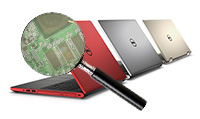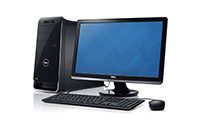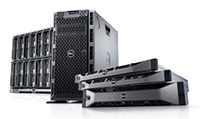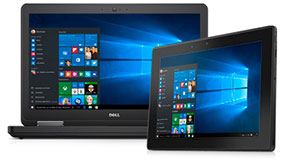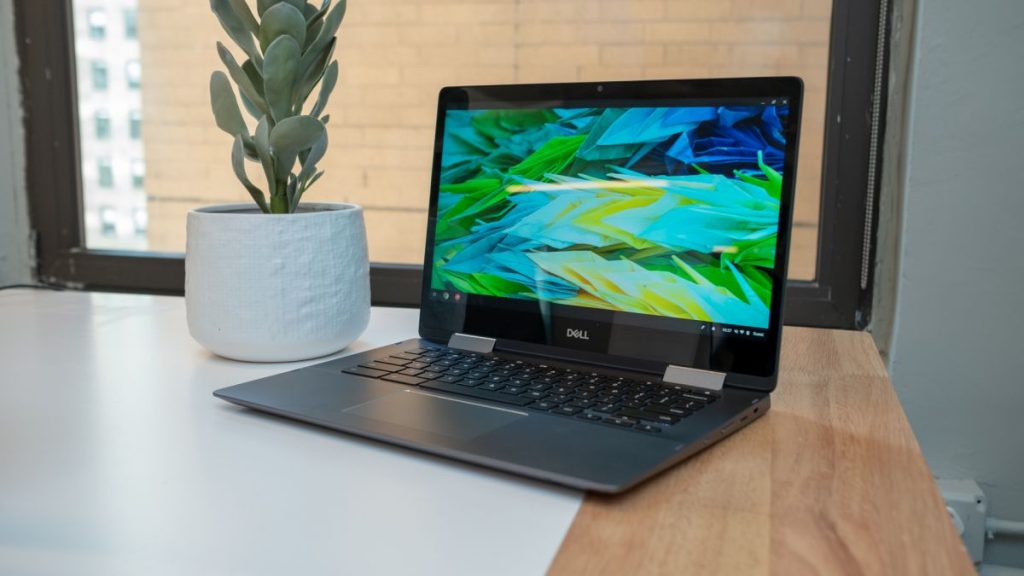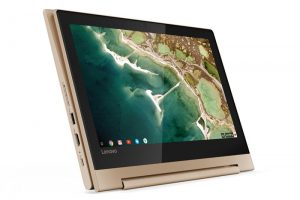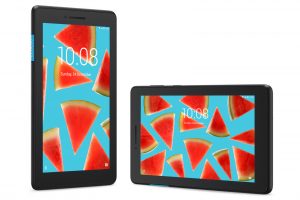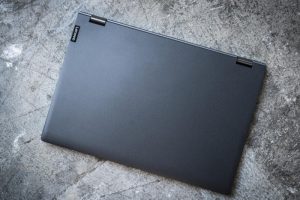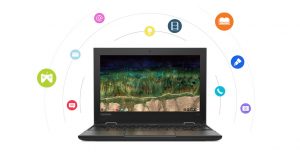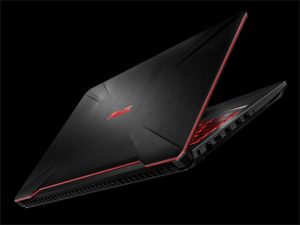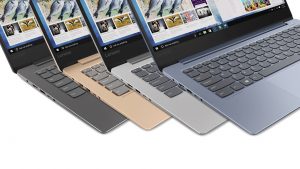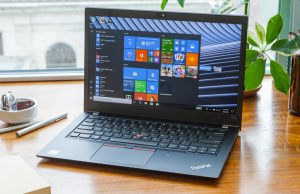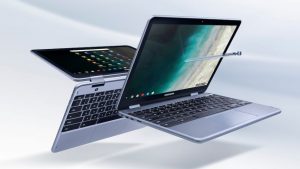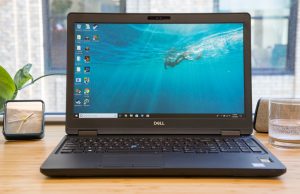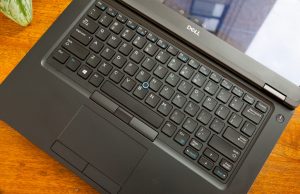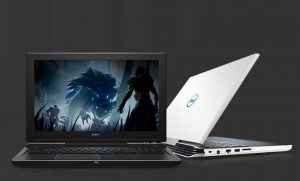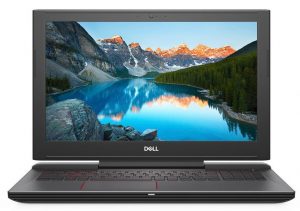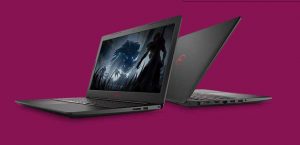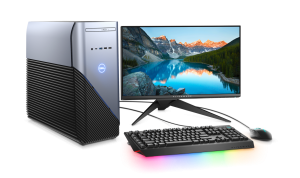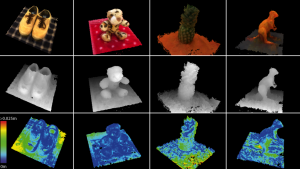

Microsoft is not the first company to explore this type of technology; in fact, Intel’s RealSense 3D camera already uses a similar model to provide facial recognition, and the Microsoft Kinect which was designed for the Xbox 360 and Xbox One consoles has relied on similar methods for years now. What makes the MobileFusion app different is that it wouldn’t require a dedicated scanner or clunky add-on to perform the image scanning; it could be done with nothing more than your smartphone’s rear camera. To scan the object of interest, walk around it with your phone’s camera pointed at the object like you’re taking a 360-degree video of the item. The software then scans objects by comparing image frames from your phone’s camera and builds up a model as the camera captures the object from various angles. These stereo depth maps are then merged into a single 3-D mesh model and captured on your smartphone in a matter of just a few seconds, and can be printed from a 3D printer immediately after.
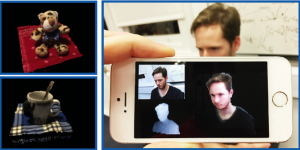


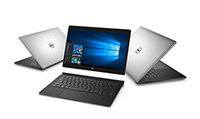 Laptop & Tablet Parts
Laptop & Tablet Parts